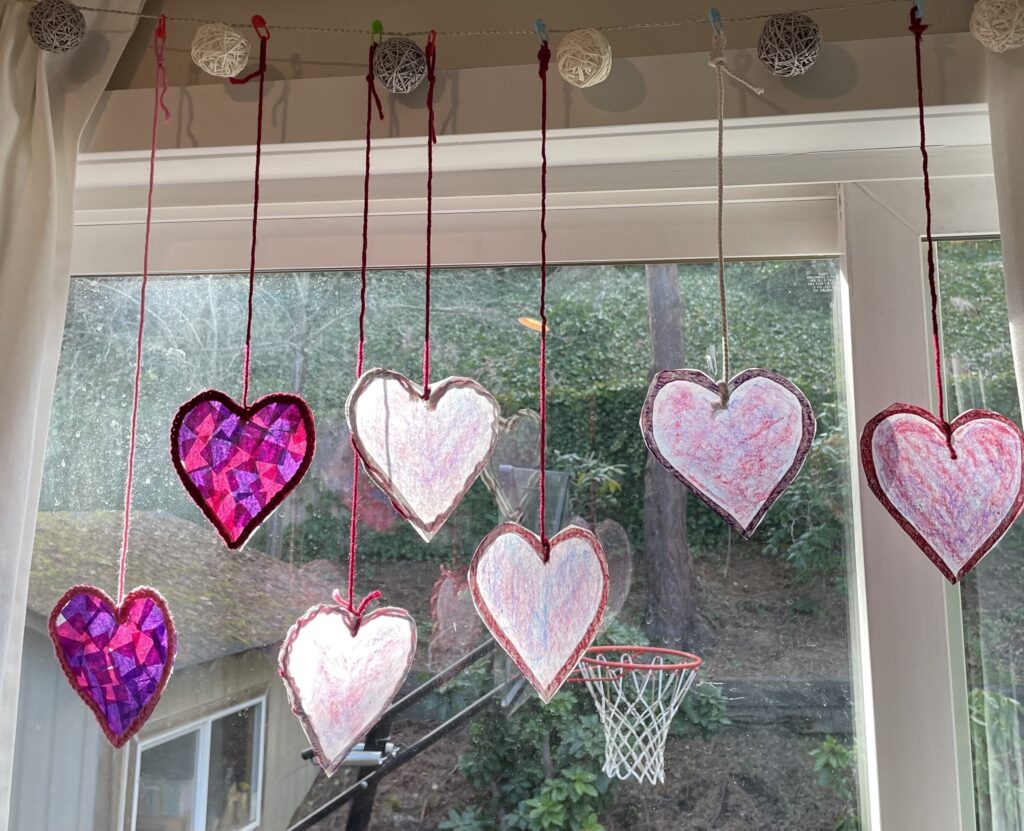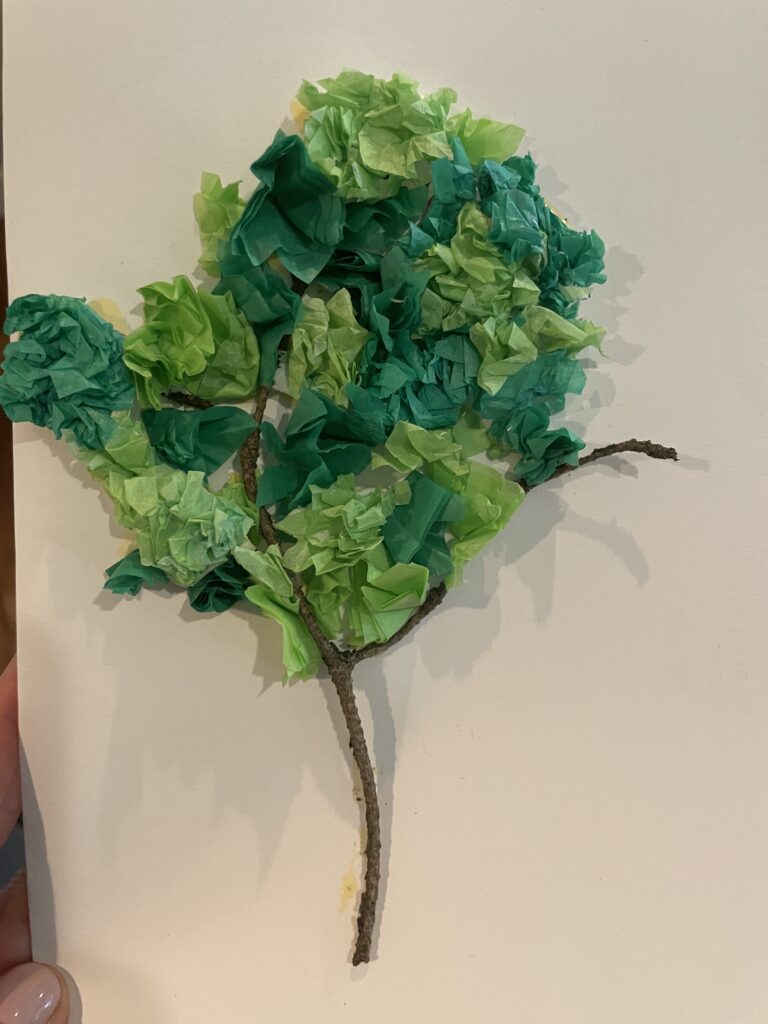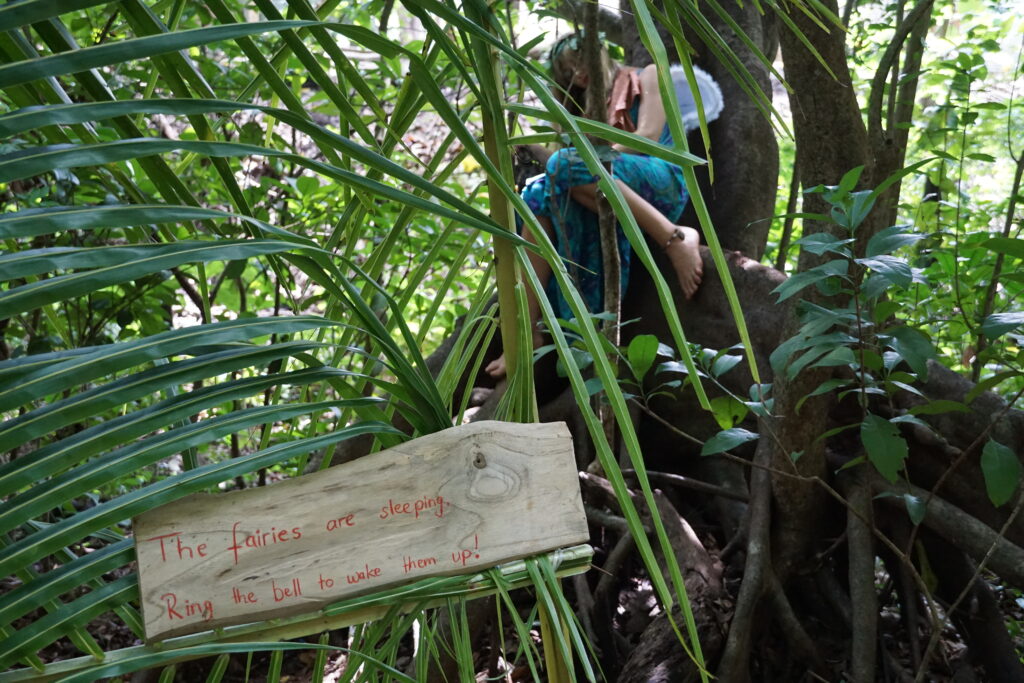Saint Michael or Michaelmas is a festival common to almost all Waldorf schools. Saint Michael is the legendary archangel who bravely defeats the dragon that has wreaked havoc on the community. It focuses on Michael’s courage to transform the symbolic dragon from evil to good. It is a festival of inner strength and initiative. It is about all of us, as individuals, having the will to take action that helps transform the world.
The days get shorter in many parts of the world. We retreat to our inner selves. At this time we need to cultivate love and courage in the face of apathy and fear. In other parts of the world the seasons are changing in other particular ways, there may be more rain or rain is starting to dissipate. Although the seasons may be different, there is a common factor around the world, harvest. Harvest is at its peak during this time, bringing many goods to our table. The festival of Michael gives us also a reason to be grateful and show appreciation for the gifts of nature around our local community.
Below is a traditional story to share with the primary grade students and a poem to celebrate this festival of strength and gratitude.

“THE SWORD OF MICAEL” (Source unknown)
Many years ago there was a luminous country, its inhabitants were: industrious, kind, truthful, hospitable and generous; Peace and joy reigned in that country. A luminous golden light enveloped him.
There was another country wrapped in darkness in which horrible and malevolent beings lived who looked enviously at the luminous country, their longing was to reach the golden country.
One day without knowing how or why a mysterious being arrived in the golden and luminous country, he was dressed all in black, his features were horrible and his look was cloudy and vindictive.
From the day he appeared he was dedicated to going from one place to another sowing intrigues and discord. At first people fled from him, but little by little he managed to get them to pay attention to him and start changing his good manners and customs.
The older people did not want to go to his work or they arrived very late and worked reluctantly. The children became lazy and did not want to learn. Adults and children got angry, sulky and fought over unimportant things. They no longer cared about each other and that’s why they lied. Many people became more and more ambitious and did not respect the property of others, that is why the doors of the houses had several locks and bars on their doors and windows. In the golden country life was becoming unbearable and a black and smelly cloud was enveloping everything. As this was happening in the country, the mysterious character was transforming into a terrible monster in the form of a 7-headed dragon that attacked and frightened everyone. Despair was taking over them.
The king, of the golden country, did not know what to do to get rid of the terrible misfortune that had them plunged into panic. Since he couldn’t sleep at night, he thought and prayed to know how they could get rid of this misfortune. One night he thought that the next day he would climb the nearby hill where there was a small church, he got up very early and went there in search of good inspiration. When he arrived at the church the door was open, he entered its interior and in the background he saw the image of an archangel who in his hand had a shining sword and under his feet there was a frightening black dragon.
The king stayed there all day invoking help and protection for his people, very late at night he returned to his palace; he was exhausted but very confident and calm. He fell into a deep sleep. In dreams he saw that luminous archangel who told him: ” I have heard your prayers and I have come to help you, I am Saint Michael the Archangel, the protector of men.”
The king told him.” Archangel Saint Michael, give me your sword and your courage so that I can kill the dragon that threatens us and that has sown discord and misfortune in my kingdom.
The archangel replied: “In this time the dragons do not kill each other as in ancient times, they are immune to any sword. Only with the light that comes out of the hearts of men can the dragon be driven away or transformed, that must be the sword that defeats it”.
The king said: What must I do to get what you advise me?
Do not lie, always tell the truth. Get out of your palace, know the needs of your country, make sure that everyone has a house, food, decent work, be kind and generous with everyone. Open your palace so that children can play in your gardens and parks, and young and old can enjoy the books in your library, the music played by your musicians and the plays you see.
If you do all this, my light and my courage will accompany you.
The dream made such an impression on him, that for him, it was not a dream but a reality, that’s why he woke up very early and got up. His heart brimmed with joy but at the same time doubts assailed him.
Could he do as Saint Michael advised?
He again asked the archangel for help and protection and steeled himself.
In his throne room he gathered the queen and all his ministers and told them his dream, upon hearing it they all agreed that it was necessary to put into practice the advice of Saint Michael to rid the kingdom of the darkness and evil that was taking over. of many of its inhabitants.
A royal page traveled the country announcing great changes in the kingdom in the name of the king.
From that day the king, the queen and all his ministers toured the country to meet the needs of all its inhabitants. Land was distributed so that everyone could have orchards with healthy food, jobs were created, all families had a house with a garden, beautiful schools were built with teachers who loved the children very much and had large spaces where they could play; in each village there was a small hospital and houses for young children and for the elderly. The king’s palace opened its parks, its gardens, its library, its theater and concert hall for everyone to enjoy.
The inhabitants of the kingdom did not understand what was happening, but they realized that the black cloud that enveloped everything was clearing up and the dragon was seen less and less. That encouraged them to act like the king and the ministers to him.
As their customs changed, the golden light was enveloping everything and the dragon was losing a head every year, it was becoming weaker and barely appeared.
After seven years all the inhabitants of the kingdom returned to be as in the beginning: industrious, generous and lovers of the good, the beautiful and the true. The golden and brilliant light already radiated in all its splendor, this light made the dragon was annihilated and never appeared again.
The king and all the inhabitants had learned that the new sword of Saint Michael to defeat the dragon was forged with the light of the heart of all the inhabitants of the country, they already had the secret to know how to always defeat the dragon on the outside and inside . That was the gift they received from Saint Michael and passed it on in the kingdom from generation to generation.
THE SWORD OF MICHAEL
Saint Michael’s Sword
It is more polished than a ray of sunshine;
The mesh of San Miguel
it is bright as silver.
The voice of Saint Michael
it is majestic as thunder.
Saint Michael’s cape
is brighter than the moon:
Michael’s Steed
it is faster than a meteor;
Saint Michael’s forehead
is more radiant than the sky:
If my heart is braver
than the power of the dragon,
son I am from Saint Michael.






























